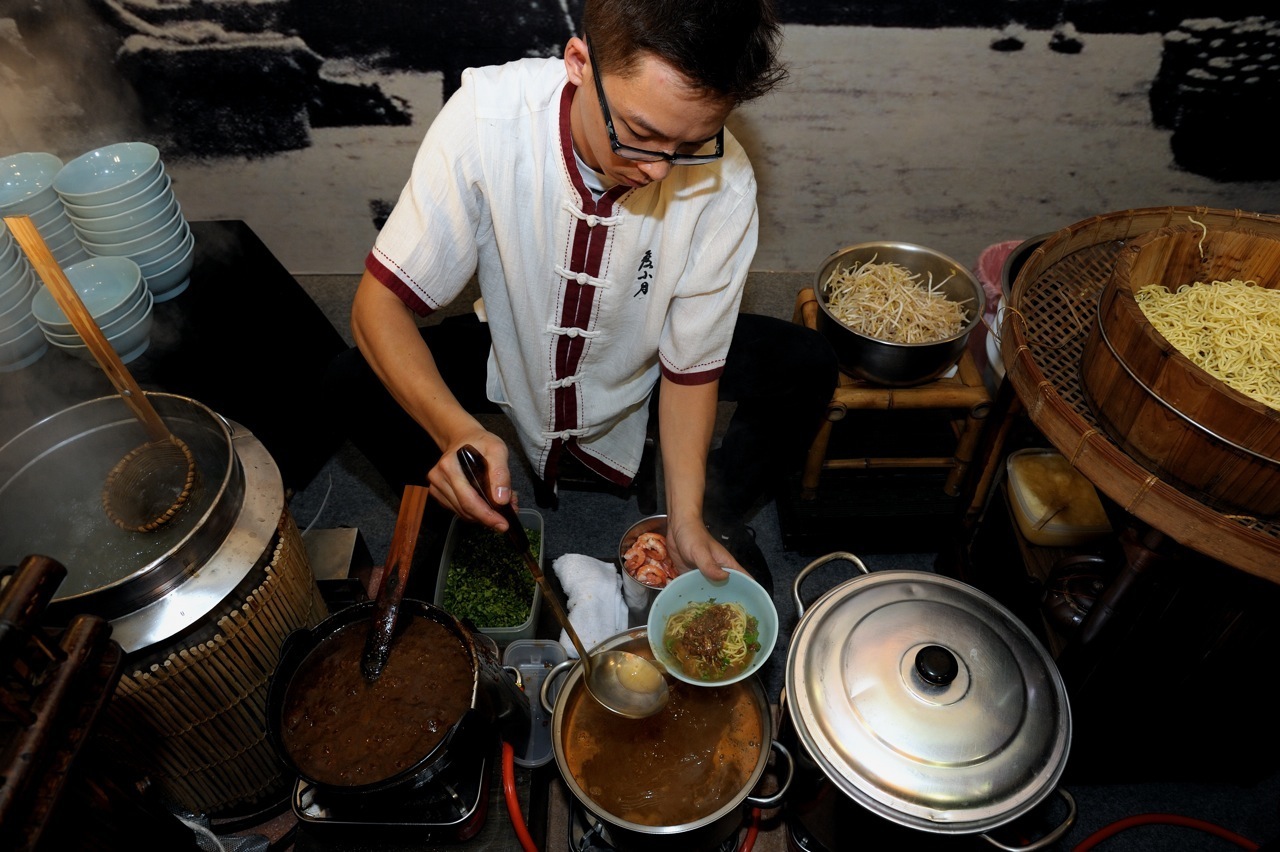[Editor’s note: Lily’s visit was sponsored by the Taiwan Tourism Bureau.]
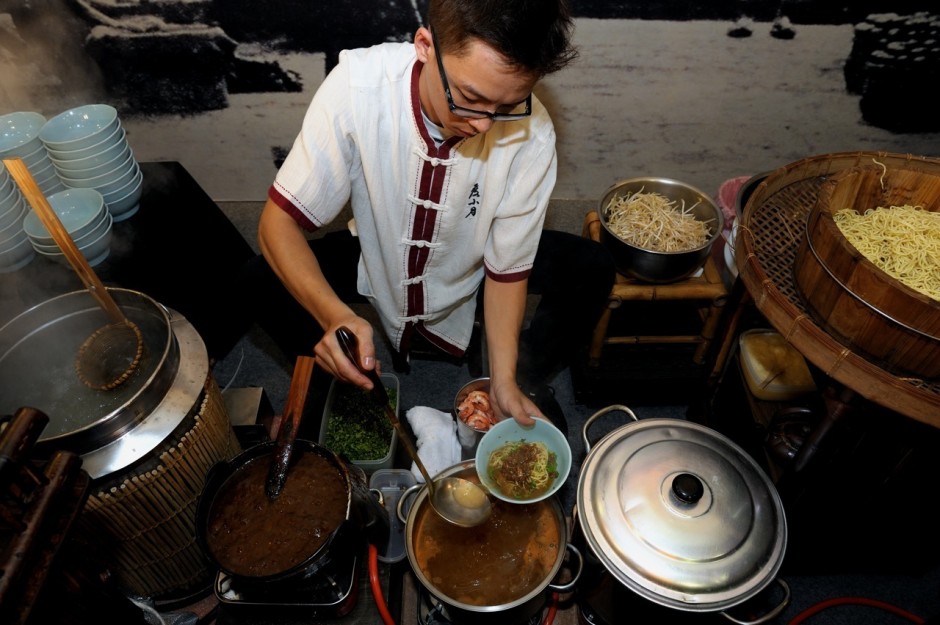
Food capital of the East
Duck tongue, stinky tofu, bamboo soup, seafood, beef noodles...Taiwanese cuisine carries influences from China, Japan, and the island's aboriginal culture. There are restaurants and tapas-style roadside stands everywhere, serving Taiwanese delicacies and 'xiao chi' - small eats. I sampled all sorts of small fish, pork, vegetables, and bamboo rice. The night markets of Taiwan also provide a cheap alternative to restaurants, and most head there to eat, shop, and socialize.
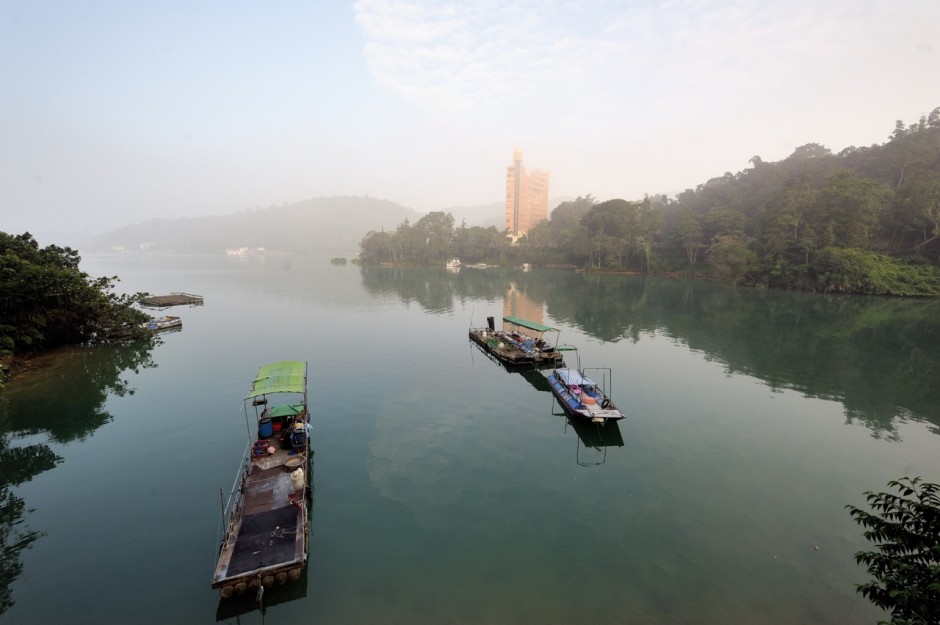
Sun Moon Lake
Located around 2,500ft above sea level, in the mountains of central Taiwan. My room at the Fleur de Chine Hotel had full-on views of the lake. One of the most memorable mornings of the trip was walking the trail that circles the water, watching fishermen at work and locals on a morning run. A boat tour is recommended.
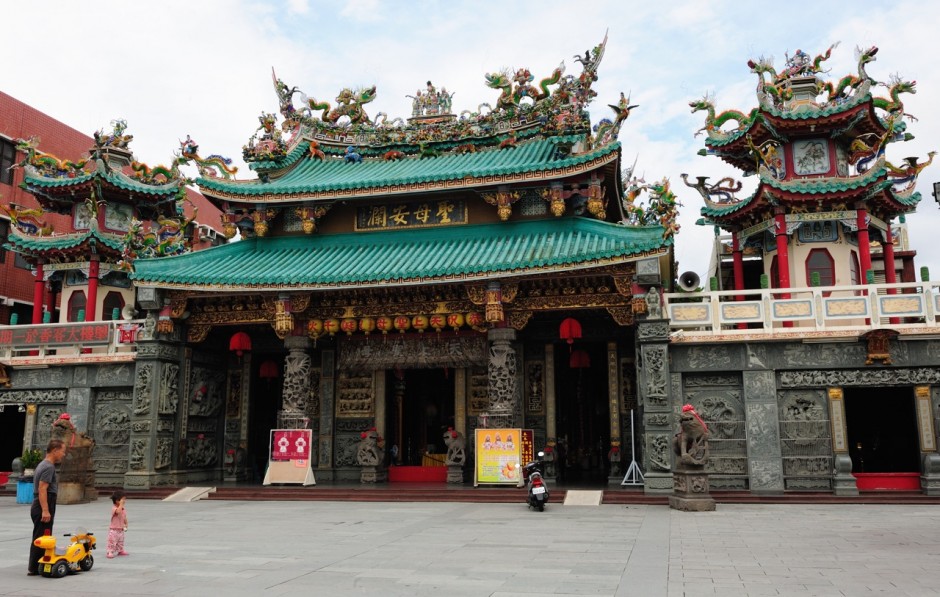
The temples
Taiwan has mostly Taoist, Buddhist, and Confucian temples. They stay open all day and late into the night for anyone wishing to pay their respects and make offerings.
Intermission
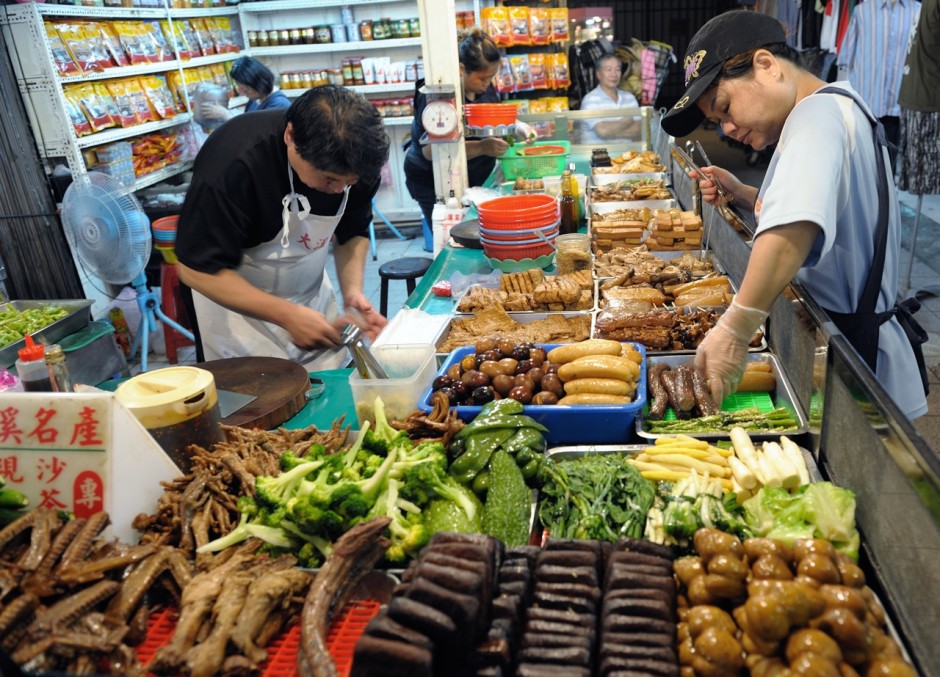
The night markets
Selling everything from clothing to traditional snacks, these pedestrian-only complexes can eat up a five-hour visit pretty easily. I came for a meal and ordered some stinky tofu and a cup of freshly sliced mango for dessert, then moved on to some shoe shopping.

National Palace Museum
The National Palace Museum in Taipei is ranked among the top five in the world, up there with the Louvre. It has the largest collection of Chinese artwork and artifacts in the world, including collections from all the various Chinese dynasties, totaling over 600,000 items. Dating back to 8,000 years ago, they were brought to Taiwan from mainland China during the Chinese Civil War, to be protected from destruction, and haven't left the island since. The collections are displayed on a rotating basis.
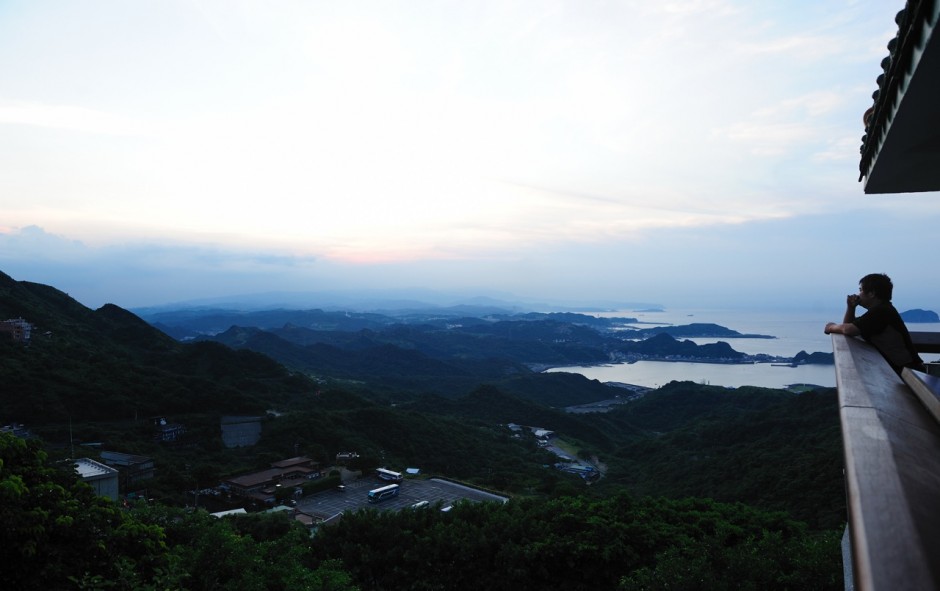
Landscape of mountains, gorges, and beaches
Taiwan is one of those places where mountains run right onto sandy ocean beaches.
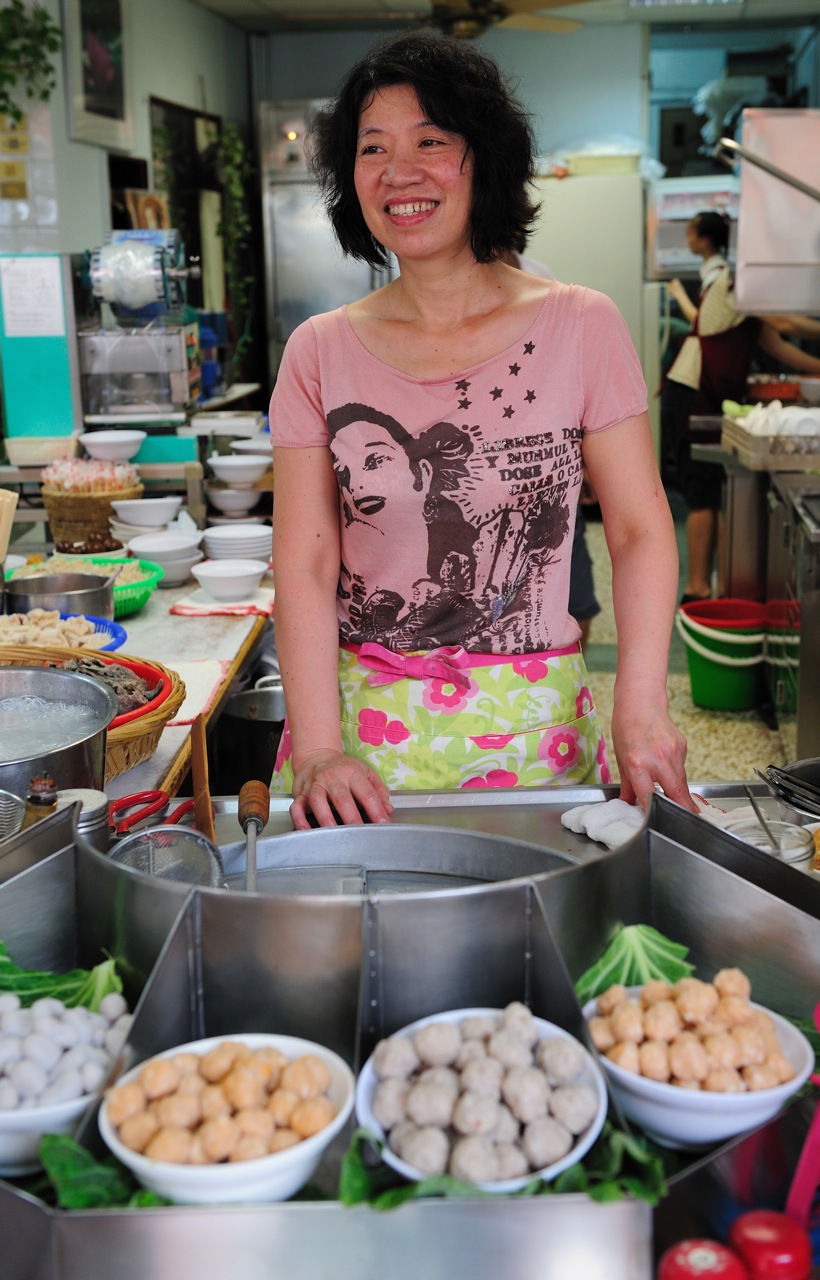
The people
Taiwanese people are some of the friendliest I've encountered. Most places I visited, I was greeted with a smile. There was a genuine desire to share the culture and make me feel welcome.
Intermission
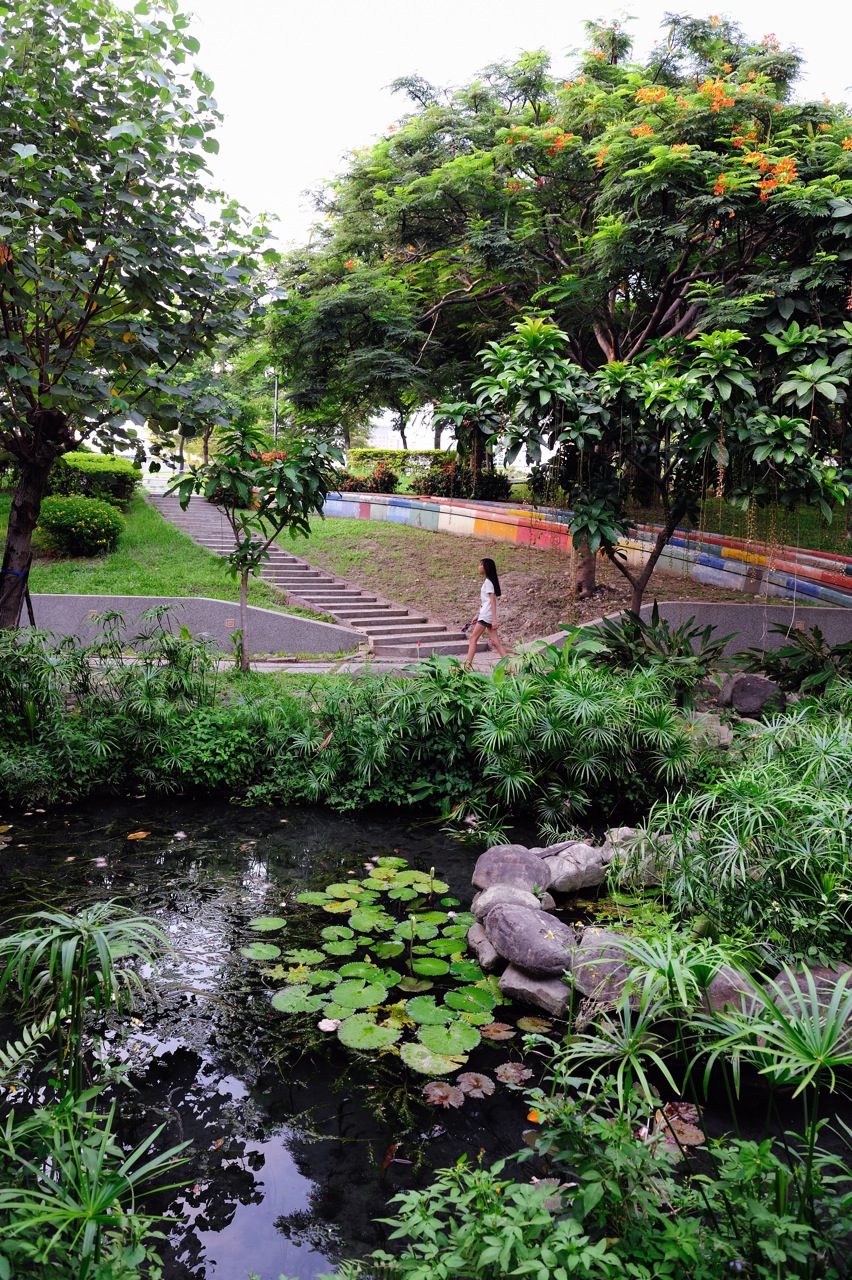
City parks
Taiwan's cities are filled with green spaces. In Taichung, I went for an afternoon stroll and saw many families picnicking, walking their dogs, and exercising. At dawn, the older folks gathered to practice t'ai chi.

Tea culture
Taiwan's terrain allows it to produce some of the best tea in the world. Tea tasting and drinking are part of the culture, as are tea houses. Check out the Shi-Yang Culture House, a tea house that doubles as a retreat, high up in the hills outside Taipei.
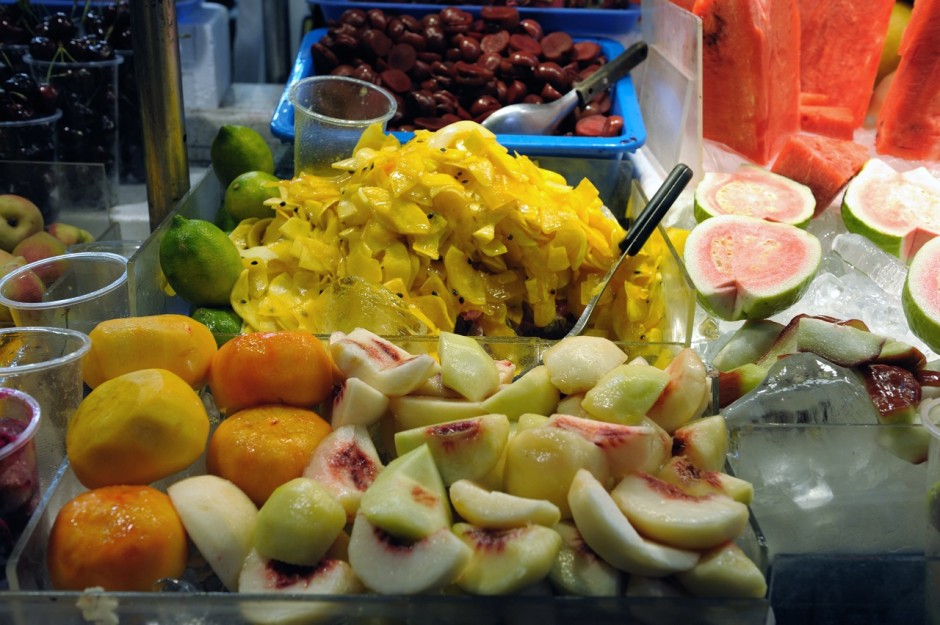
Dessert island
An evening stroll in Taiwan should involve a stop at the FnB Gourmet Group for some shaved ice in over ten flavors - from mango to passion fruit or red bean - or at a roadside vendor for a cup of freshly sliced fruit.
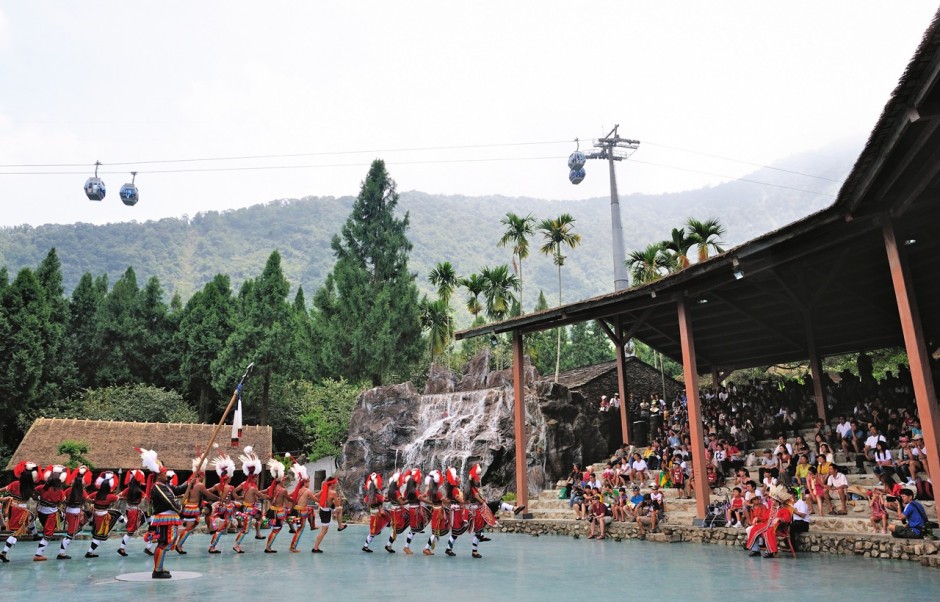
Aboriginal culture
Today, there are 12 recognized indigenous Taiwanese tribes, most of which live in the mountains and on the east coast. I spent a morning at the Formosa Aboriginal Culture Village in the mountains of Nantou County, central Taiwan. It's a massive theme park showcasing all aspects of aboriginal culture, from life-size models of traditional homes to traditional dance performances. It was very educational, and the cable car ride across the mountains to reach the village is pretty fun.
Intermission
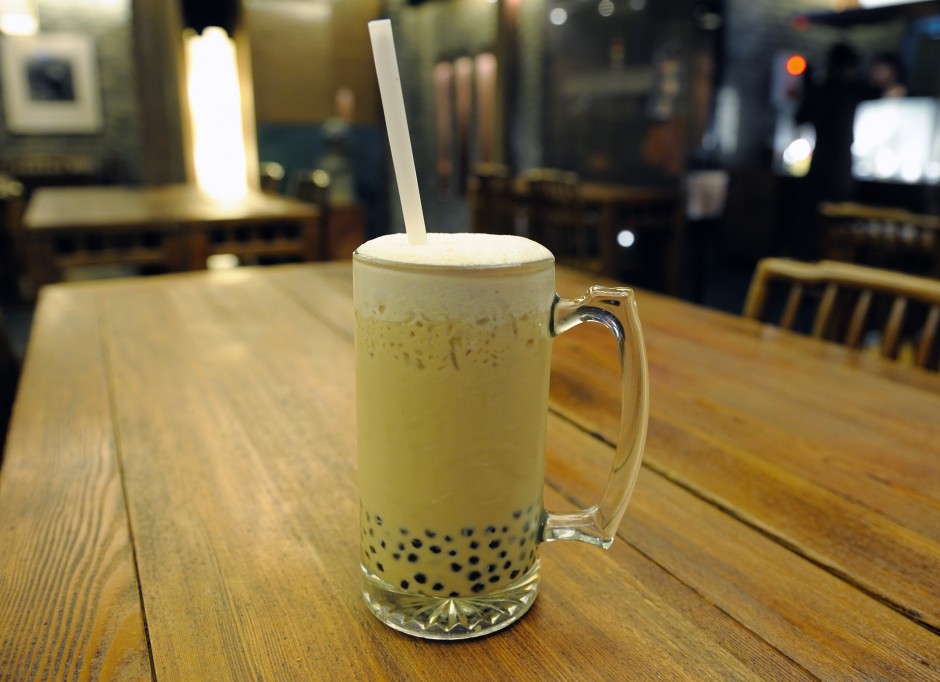
Boba, or 'bubble,' milk tea
Taiwan was the home of the Boba pearl milk tea before it became all the rage overseas and eventually reached the United States. It's a delicious mix of coffee and milk, with tapioca balls suspended in the liquid. I had the chance to taste it at the tea house where it was first created - the Chun-shui Tang Cultural Tea House in Taichung. I would go back to Taiwan just to have another glass of Boba.
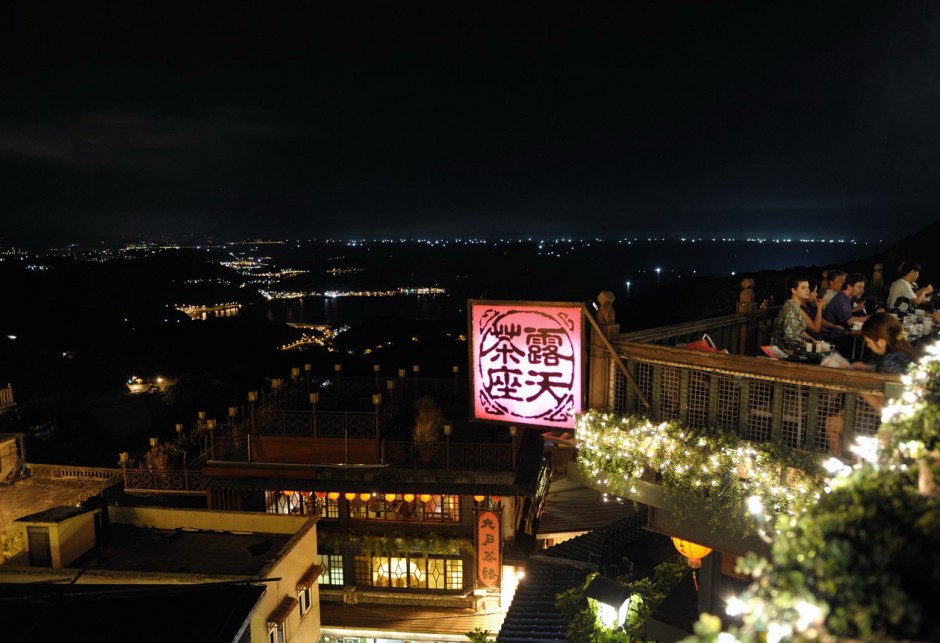
Jiufen
On mountain cliffs overlooking the ocean off Taiwan's eastern coast, the village of Jiufen is a popular getaway for city folks. Just an hour north of Taipei, Jiufen was a gold mining town in the 1900s, during the Japanese occupation. Years later gold became scarce, the mine shut down at the end of World War II, and the village was abandoned. In 1989, the popular movie "City of Sadness" was filmed there and breathed new life into the village. Jiufen was restored, with its beautiful tea houses and inns with outdoor decks, and pedestrian-only paths that lead to souvenir shops, restaurants, and artist galleries. We had dinner at the A-Mei Tea House, followed by a tea ceremony on their deck, while taking in the stars and the sweeping views.
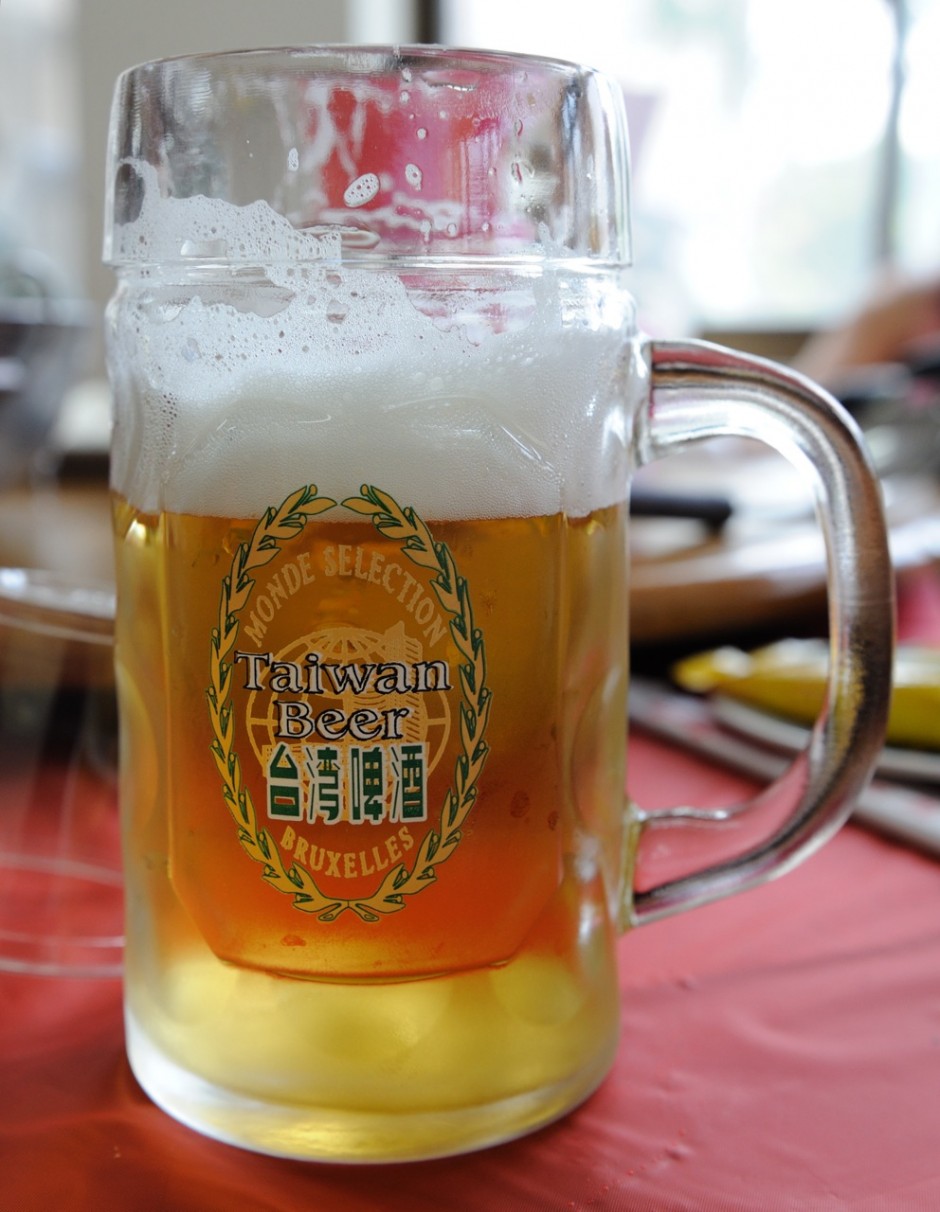
Local beer
Taiwan produces three lagers and two malts, with the most consumed being the "Gold Medal" brand. I'm not normally a beer lover but found it smooth and tasty enough to wash down the different meals of the day.

Taipei 101
It's the second tallest building in the world, displaced from top spot in 2010 by the Burj Khalifa in Dubai. But even more interesting than the city views from the top observation deck is the sight of the tower's 600-ton steel pendulum, suspended in the interior from the 92nd to the 87th floors. It prevents the building from swaying in strong winds and potential typhoons.
